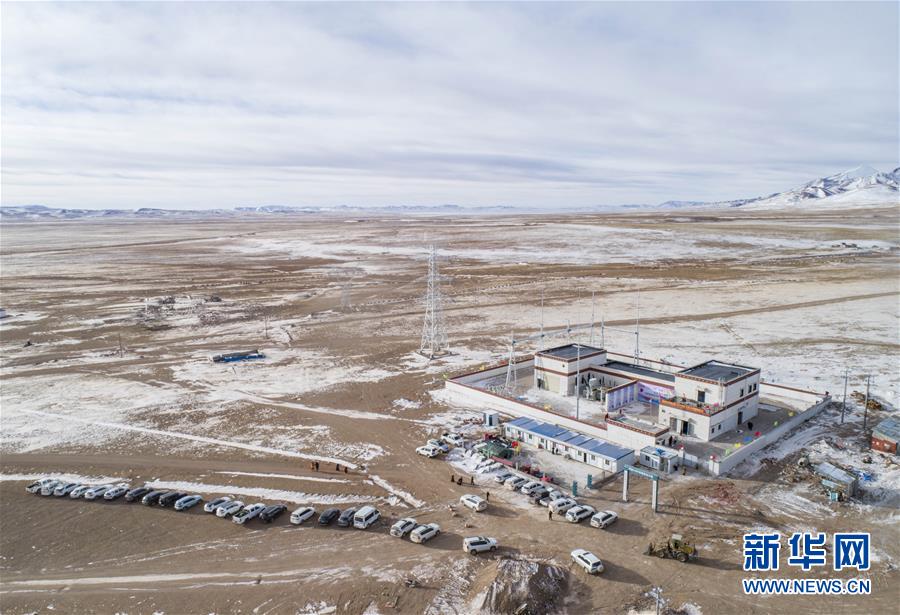World's highest county connected to China's state grid
The world's highest county, Tsonyi, Nagqu City, southwest China's Tibet Autonomous Region, was connected to China's state grid Tuesday, enabling a stable power supply for more than 7,000 local residents.
The world's highest county, Tsonyi, Nagqu City, southwest China's Tibet Autonomous Region, was connected to China's state grid Tuesday, enabling a stable power supply for more than 7,000 local residents.

Aerial photo taken on Dec. 24, 2019 shows a 110 kV power transmission station in Tsonyi County, Nagqu City, southwest China's Tibet Autonomous Region. [Photo/Xinhua]
In the county seat with an altitude of more than 5,000 meters above sea level, power workers braved a coldness of minus 20 degrees Celsius to start the equipment on Tuesday.
"Tsonyi relied on photovoltaic power stations to provide power for the whole county. But in bad weather such as heavy rain or snow, when sunshine was not sufficient, the whole county suffered a power outage," Jing Qi, deputy county chief of Tsonyi.
There are 10 months of long winter in Tsonyi, with the lowest temperature reaching minus 40 degrees Celsius.
Jing said the county used to adopt power rationing in winter, which disrupted daily work and life.
In March, the State Grid Tibet Power Co., Ltd. began to lay power lines towards the county, passing through a vast stretch of unpopulated Changtang National Nature Reserve.
"The power line construction is very efficient in providing Tsonyi people access to a stable power supply in winter," said the project manager Tsering Badro.
The power grid construction was completed with a government investment of 600 million yuan (around 86 million U.S. dollars). Two 110 kV and two 35 kV power transmission and transformation projects were built during the grid construction.

